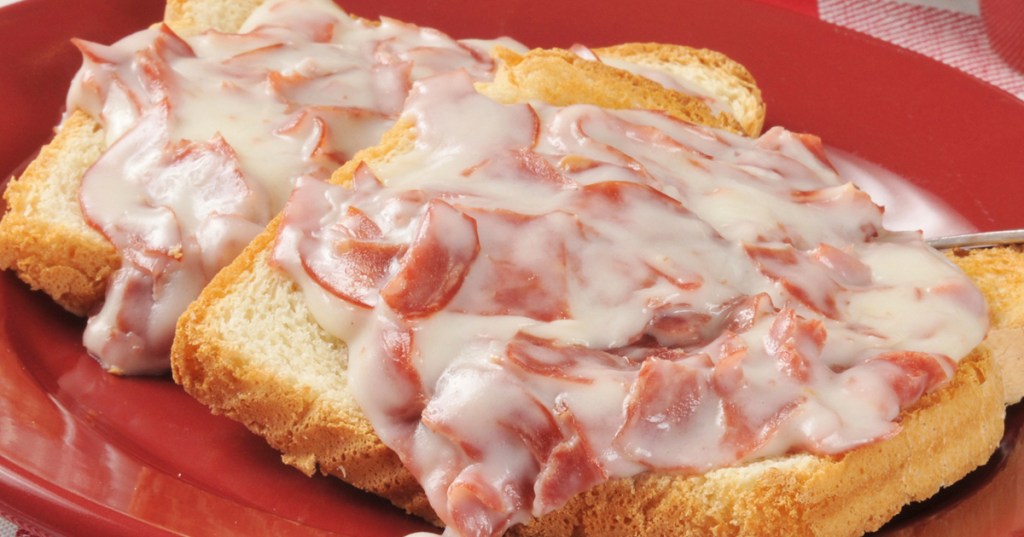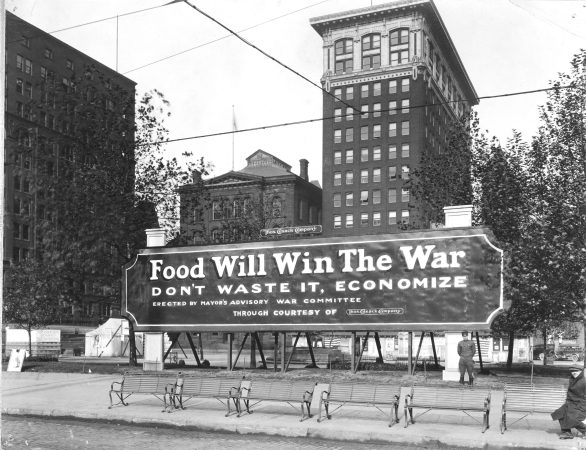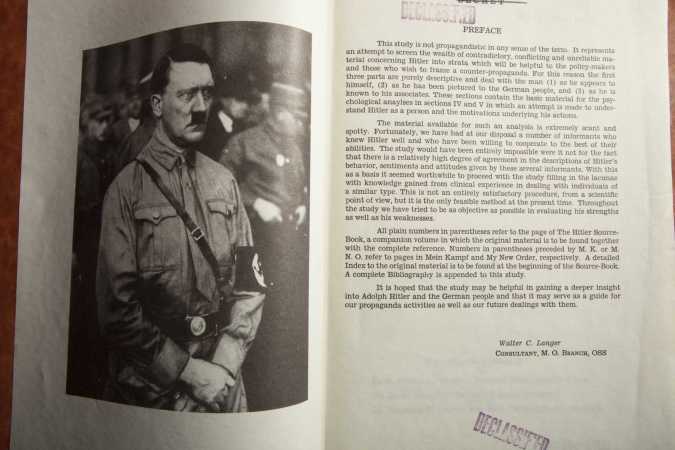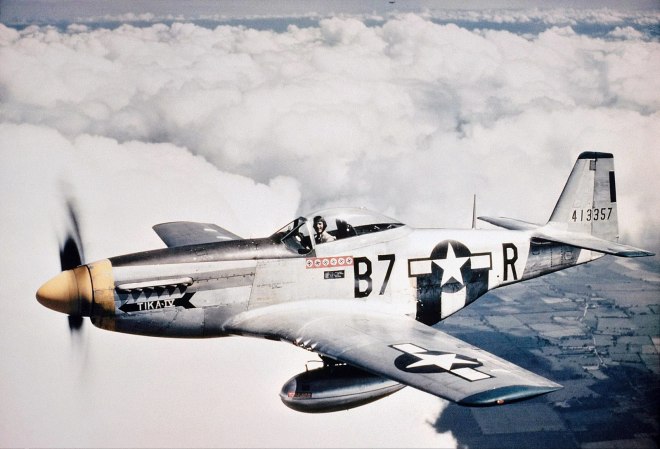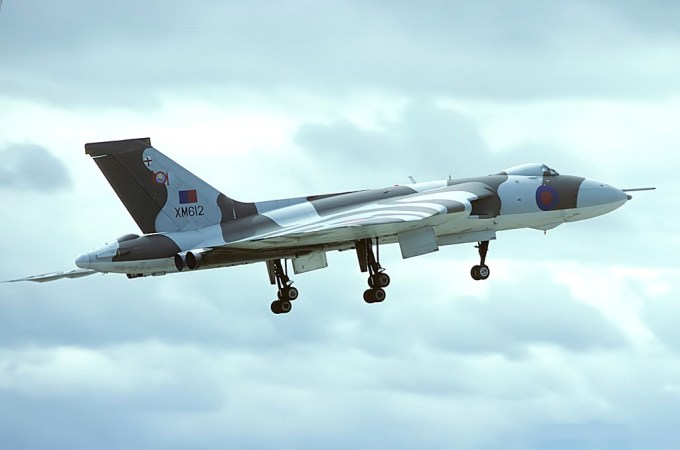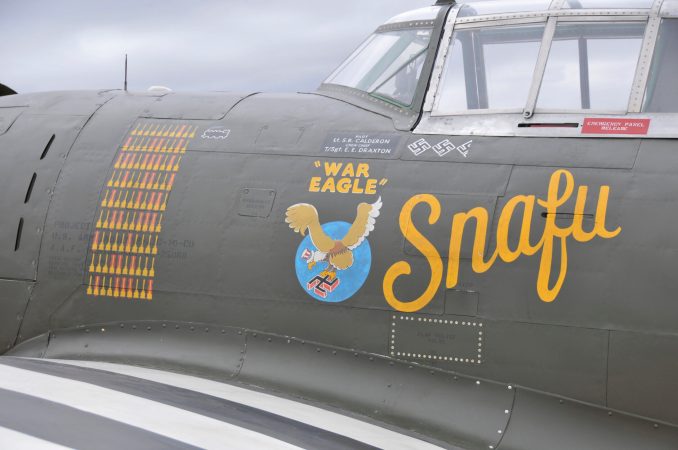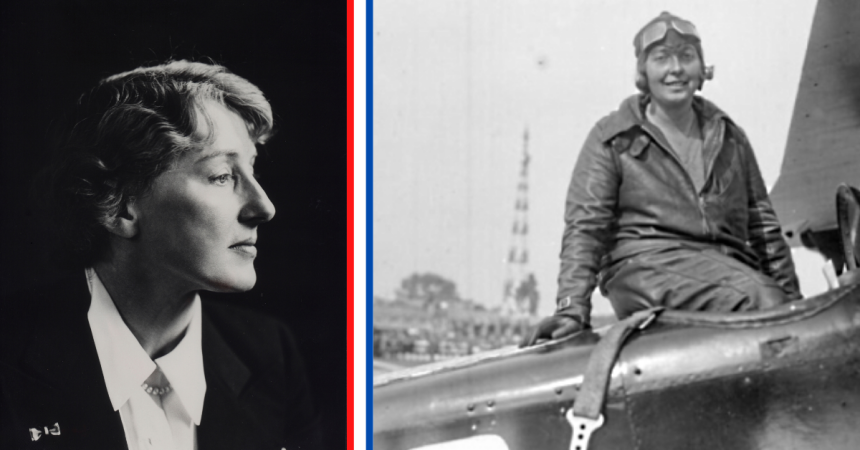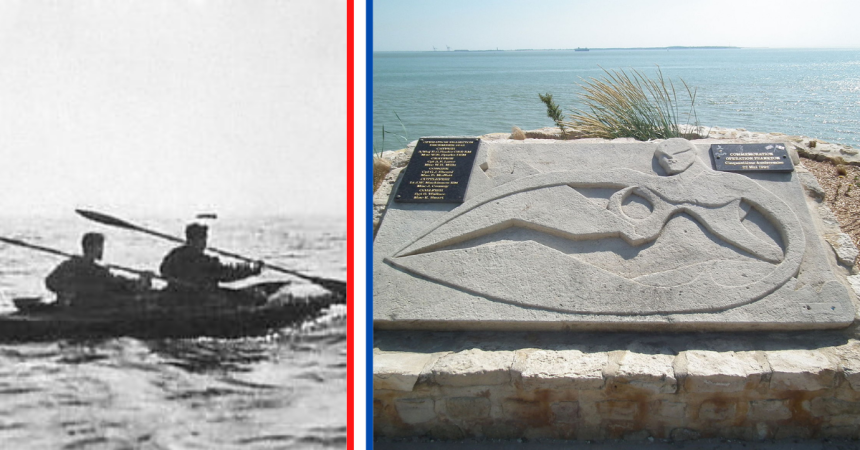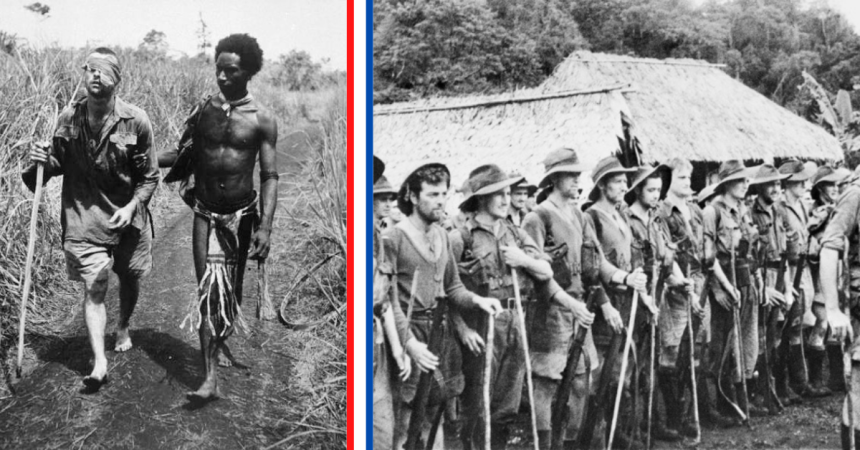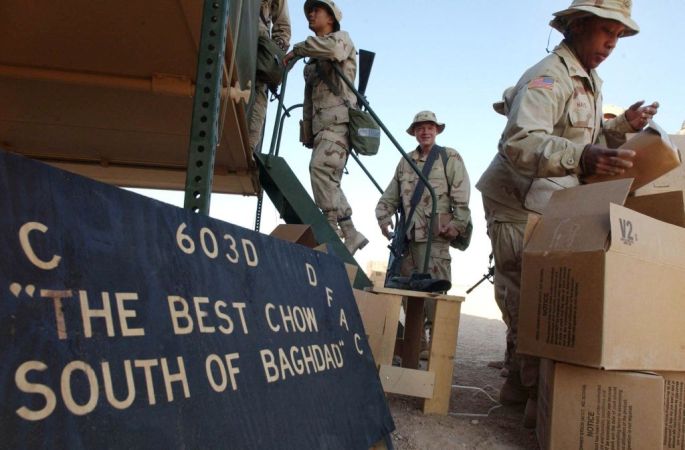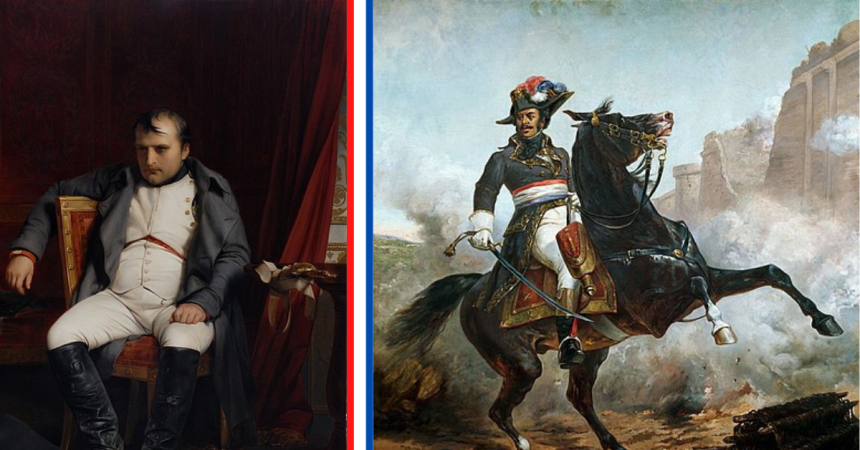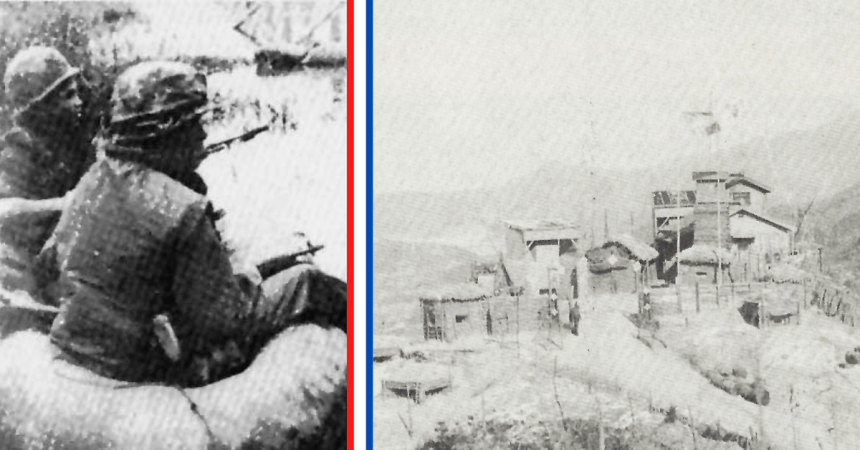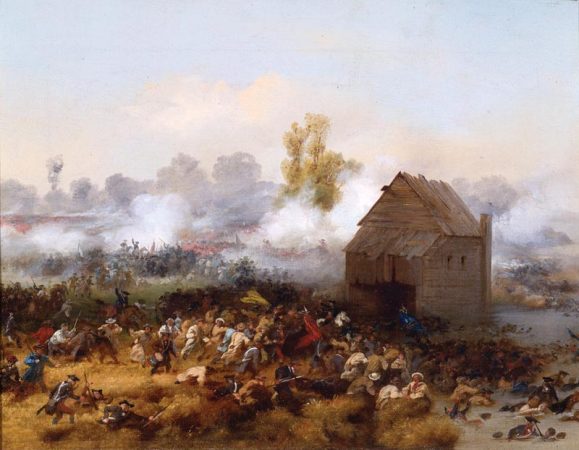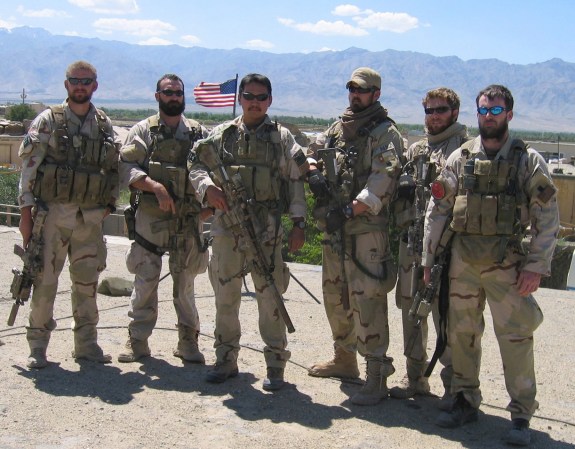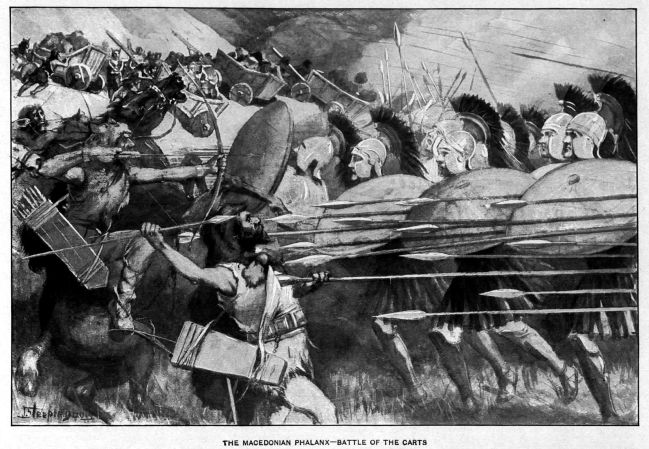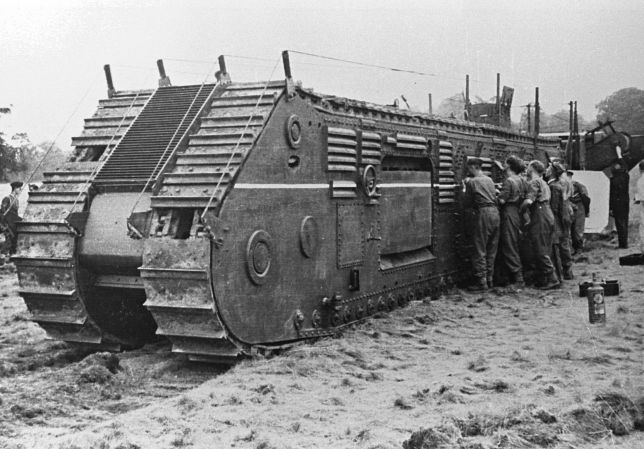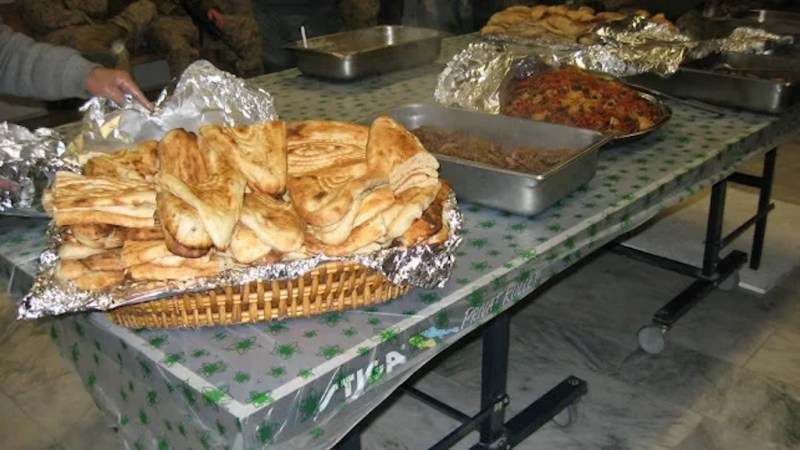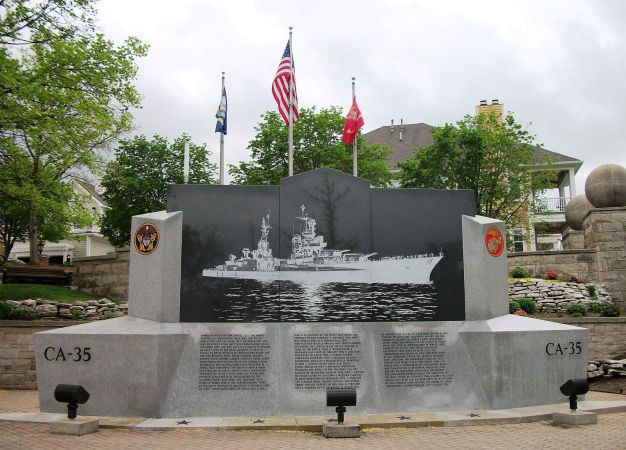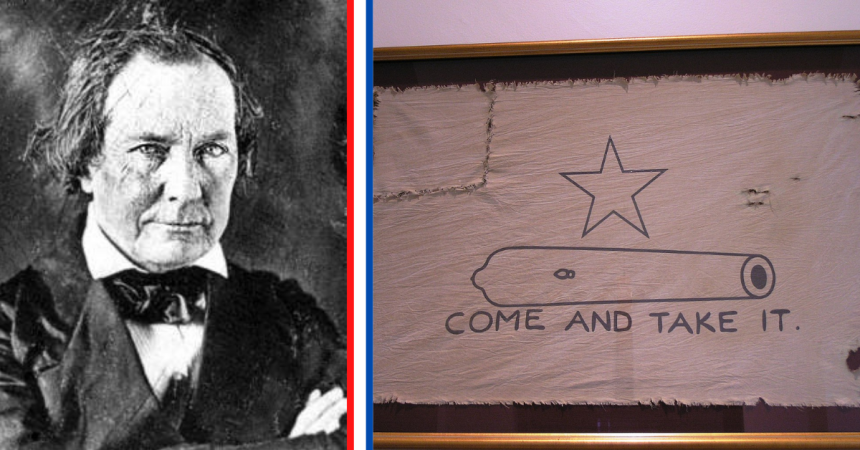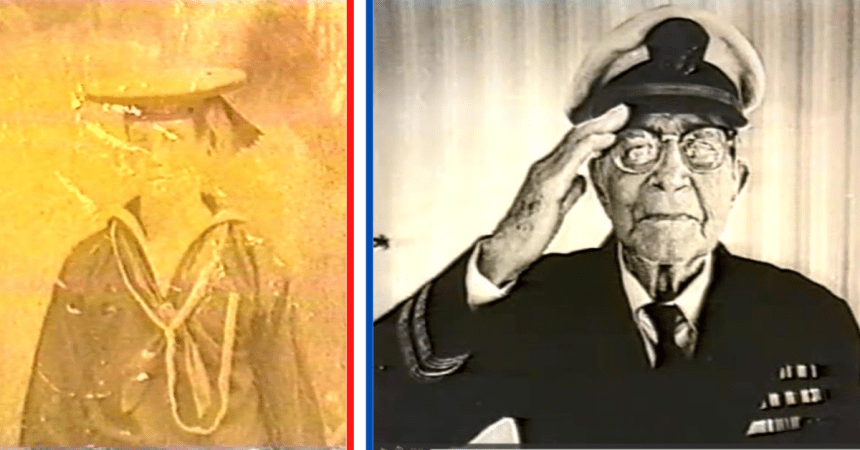Before my first deployment, I heard all kinds of horror stories about lettuce sandwiches, green powdered eggs, and sludge-like coffee. When I wasn’t MREating, I found myself at the DFAC, Air Force parlance for the mess tent, chow hall, or cafeteria. Although I did find green eggs (no ham) in a few remote field kitchens, the modern overseas stations had some fairly impressive meal options and, except for the atrocity that was the pasta carbonara (featuring bologna and spaghetti sauce – looking at you Camp Victory), life at mealtime was pretty good. It still is if Okinawa‘s TRC means anything to you. For better or for worse, the mess is the main source of military food you if were/are lucky enough to not have to live on rations.
This has not always been the case. U.S. troops of days past didn’t always fare well at mealtime. Sometimes, the only benefit from having a mess tent seemed to be that the meal was hot, and in some cases, it wasn’t even that. Here are a few of the more famous meals produced by military-grade cooks. If it’s good enough for them, it’s good enough.
These are the 5 meals that won wars (and how to make them)
1. Firecake
Revolutionary War
As if anyone needed more examples of just how difficult life for a soldier in the Continental Army was, consider the main staple of troops who wintered with George Washington at Valley Forge: Firecake – a tasteless mixture of flour and water, cooked on a rock near a fire. On a good day, the makeshift bread was slightly flavored by ash from the fire or by vinegar, if one of the troops managed to secure some.
The texture and form of the bread depended on just how much of each substance the troop had. It would either be flattened on a rock or cooked in globs in the ashes, the result being a thick, dense mass of baked “goods.”
Ingredients:
Flour
Water
Salt or Vinegar (if available)
Prep Orders:
Mix flour and water together until the mixture is a smooth paste, but isn’t too sticky. Preheat oven to 350 degrees and either drop onto a greased cookie sheet or spread out like a tortilla. Bake until brown. Found the world’s first modern democracy. Spread freedom.
2. Creamed Chipped Beef
World War I – World War II – Korea – Vietnam
Creamed Chipped Beef, aka Chipped Beef on Toast, aka S**t on a Shingle – No mess kitchen creation will ever top this notorious meal as the number one reason for the field mess’ infamous reputation. First appearing in the 1910 Manual for Army Cooks, it actually seemed as though some accounting for taste and appearance was considered. The veterans of all 20th century American wars I spoke to seem conflicted about the “SOS” being a good thing or a bad thing – but it was likely a relief from powdered eggs and C-rations cooked over C-4 explosives.
Ingredients:
15 pounds chipped beef
1 1/2 pound of fat, butter preferred
1¼ lbs flour
2 12-oz cans of evaporated milk
1 bunch parsley
¼ oz pepper
6 quarts beef stock
Prep Orders:
Brown the flour in the melted fat.
Dissolve the milk in the beef stock, and then add that to the pot.
Stir this together slowly to prevent lumping, and then add the beef.
Cook for a few minutes, add the parsley, and serve over toast.
By World War II, the need for appearances had disappeared entirely and the Navy was far worse off for it. The 1945 official US Navy recipe calls for:
Ingredients:
1 3/4 gallon of dried chipped beef
5 gallons of milk
1 quart of fat (animal unimportant)
2 1/2 quarts of flour
1 3/4 tablespoon of pepper
100 slices of toasted bread
If you’re not having fifty or so 90-year-old World War II veterans over for dinner later (though we all probably should be every night), you can break it down like this:
Prep Orders:
3 c dried, chipped beef
(this will be found in the lunch meat section, next to bologna, where it belongs)
7 1/2 c milk
1/3 c fat
(animal still unimportant, but I recommend bacon. I always recommend bacon)
1 c flour
1/2 tsp pepper
(or just pepper to taste, rationing is over. We won the war, after all)
First, chop the beef. Then melt the fat and mix with flour until it forms a smooth paste, almost like a roux. Bring the milk to a boil and reduce heat to medium. Add the fat flour, and stir until it thickens, then add the chopped beef and pepper and stir well. Simmer for ten minutes and serve over your shingles (toast). Be sure to start eating once it’s on the toast. The only thing that gets mushy as fast as toasted white bread is your will to eat it.

3. Chicory Coffee
Civil War
This is actually the outlier. Chicory coffee did not win a war, but coffee comes in all forms and anyone who’s ever served knows U.S. troops will drink any coffee-resembling substance. It’s as irreplaceable as JP-8 or 550 cord. Anyone would question how could any Army fight and win without Joes drinking joe. And they’d be right to.

During the Civil War, the Confederate Army actually did without coffee due to the Union blockade of the Southern states. They attempted many substitutes for the beverage. I’m not saying it was the sole factor to their loss, but I’m not not saying that either. The legacy of the blockade lives on in the American South, most notably in New Orleans.
Ingredients:
Dark roast coffee
Roasted chicory root
Prep Orders:
Grind equal parts coffee and chicory and brew in your preferred coffee maker.
Add heated milk (almond tastes best, though is probably not as authentic).
4. Slumgullion
WWI
In the trenches of World War I-era France, hunger often gave way to good taste. There just wasn’t much around to live up to the French standards of cuisine. But as the old military adage says: “If its stupid and it works, then it’s not stupid.” Thus, Slumguillion, the most versatile of recipes, was born.
No one ever wrote the recipe down but the doughboys knew what they were in for when the “Slum” was on the fire. In the states, it would come to be called a Hobo Chili, an improvised stew made with what you had where you were. It was hot and filling, which would be good enough on a cold day in the trenches. #FirstWorldWarProblems

Ingredients:
2 lbs. meat
4 sliced onions
2 large cans of tomatoes
1/3 c of flour
½ c water
salt and pepper (or any available seasoning) to taste
Prep Orders:
Cut meat into one-inch cubes in a large casserole of stew pot.
Add onions and salt. Add tomatoes and more salt. Add other seasonings.
Cover and bake low and long – 250-275 for a few hours.
Make a roux with flour and water.
When the meat is finished, add the roux to thicken the stew.
Stir well and serve over mashed potatoes.
5. Artillery Pie
Civil War
This recipe seems like a prank for the new cooks in a military unit. Suet is the fat from a piece of beef, and they’re adding it to sugar sweetened apples. Suet was, however, a delicacy at the time of the Civil War and could be found in many recipes, including desserts like Artillery Pie. If Civil War re-enactors are faithful to the field kitchen, Artillery Pie might explain why some re-enactors need some PT.

Ingredients:
2 lbs of bread
¼ lb of suet
1 dozen apples
¼ lb sugar
Prep Orders:
Melt suet in a frying pan, cut bread into slices ¼ in thick.
Dip bread pieces into melted fat and place in oven to dry.
Peel and boil apples then mash them into the sugar.
Line a baking dish with fatty bread and cover with apple mixture.
Cover with alternating layers of bread and fruit until it’s all used up, then bake for 20 minutes. Any kind of fruit is actually okay, it’s not like you’re making this for your health.


